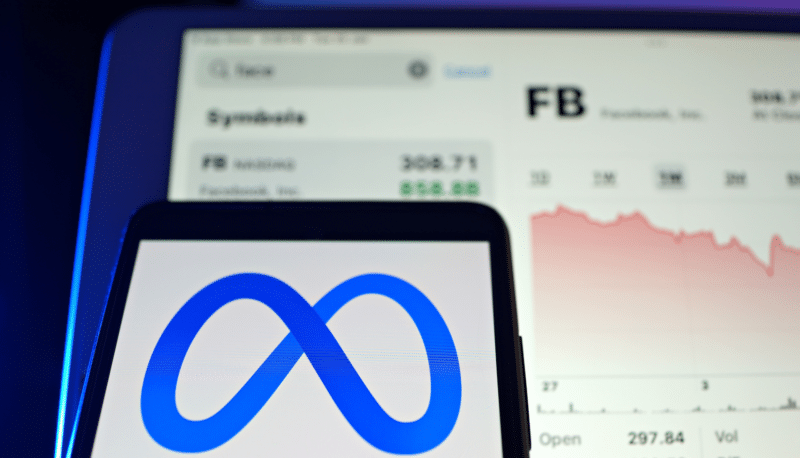Facebook advertising continues to deliver strong ROI for businesses in 2024, with some key metrics improving year over year, according to a report published by Wordstream.
Why it matters. While Google faces antitrust scrutiny and rising advertising costs, Facebook maintains relatively stable pricing and performance for advertisers.
In figures:
- Average click-through rate for lead campaigns: 2.53% (compared to 2.50% in 2023)
- Average cost per click for lead campaigns: $1.88 (compared to $1.92)
- Average conversion rate for lead campaigns: 8.78% (compared to 8.25%)
- Average cost per lead: $21.98 (compared to $23.10)
Why we care. Understanding these trends and benchmarks can help advertisers make informed decisions about their digital marketing strategies, budget allocations and performance expectations. These industry averages provide valuable benchmarks for advertisers to evaluate the performance of their own campaigns and set realistic goals.
Between the lines. Facebook’s growing user base and high daily engagement time may contribute to its advertising stability.
- Facebook has 3 billion monthly active users
- The average user spends 35 minutes per day on the platform
The big picture. Facebook ads remain an effective complement to search advertising, with generally lower costs and more consistent year-over-year performance.
What they say:
- “Many consumers first search for businesses on social media rather than traditional search platforms,” says Tyler Mask, senior director at LocaliQ.
- “The platform’s built-in lead form is more attractive to users for specific offers,” notes Brett McHale, founder of Empiric Marketing.
What to watch. From the report, there are four ways to see how advertisers will incorporate Facebook into their strategies:
- The adoption of AI-based tools, such as Advantage+ Audiences, could further impact advertising performance metrics.
- Leverage AI-powered creative tools to create more visually appealing ads, potentially increasing click-through rates (CTR)
- Using the Facebook Ads Conversion API to help track offline conversions, potentially leading to an increase in conversion rate
- Having Facebook as part of a broader marketing strategy including other social platforms, SEO and search ads.
The main thing. While individual results may vary, these criteria provide advertisers with a useful metric to measure the performance of their Facebook campaigns against industry averages.
New to Search Engine Land

